In order to join the Eastern Iowa Emergency Data Network you’ll need a radio or better known as a node. Below are a couple of the nodes we use in our kits. Once you’ve selected and purchased a new or used node you’ll want to venture over to the AREDN™ Beginner’s Guide. which will help you flash your node with the AREDN firmware. Once you’ve flashed the firmware to your node, please email kd0cgn@eiedn.org for an Internet tunnel to the greater EIEDN Mesh since we don’t have our RF Mesh over Linn County completed yet.
| Currently the Mikrotik hAP AC3 is probably the best node available. This node does have dual external antennas to increase range of the 5.8Ghz and 2.4Ghz wireless networks. Some people may see this as an hindrance since well they’re external and limit where you can put it. This hAP also has Power over Ethernet (PoE) on port 5 which will come in handy later when you are ready to expand your AREDN kit to include a Device to Device node. We’ll cover that more later. Below are two links to 2 different Amazon listings to watch. Pricing is a gamble on these right now so keep an eye on both. Link 1 | Link 2 | 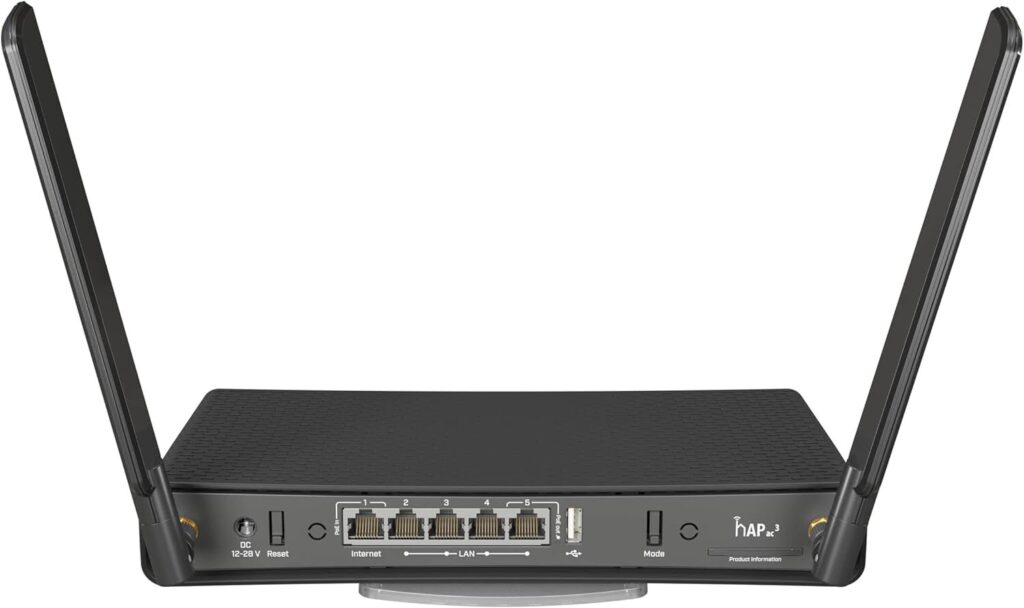 |
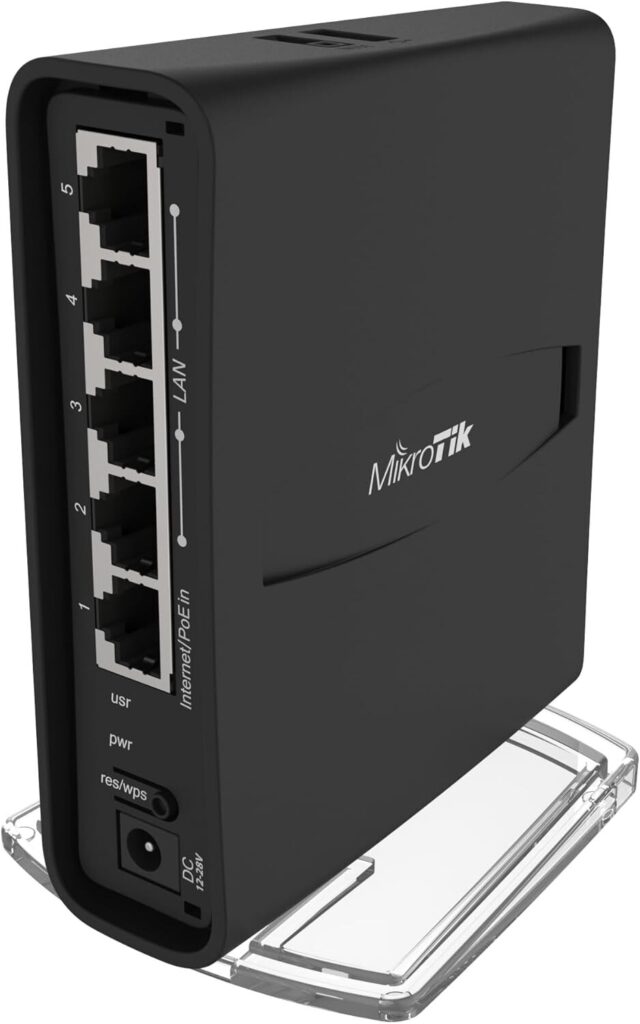 | Second option would be a Mikrotik hAP AC2. This is a smaller compact unit that has the wireless antennas inside the case. This limits distance those networks can be seen but it can be crammed into a tighter space. This hAP also DOES NOT have Power over Ethernet on Port 5 so you’ll need an injector to power your Device to Device node later on. Link 1 |
| There is a 3rd device but it will be very limited, the Mikrotik hAP AC Lite. Same footprint as the AC2 but it lacks gigabit ports and RAM. If you go with the unit, keep it on your developer bench and limit production network use. It does have PoE on port 5 for Device to Device but with how fast the AREDN Firmware is expanding, sometime in the near-ish future it won’t be able to handle newer updates. Link 1 | 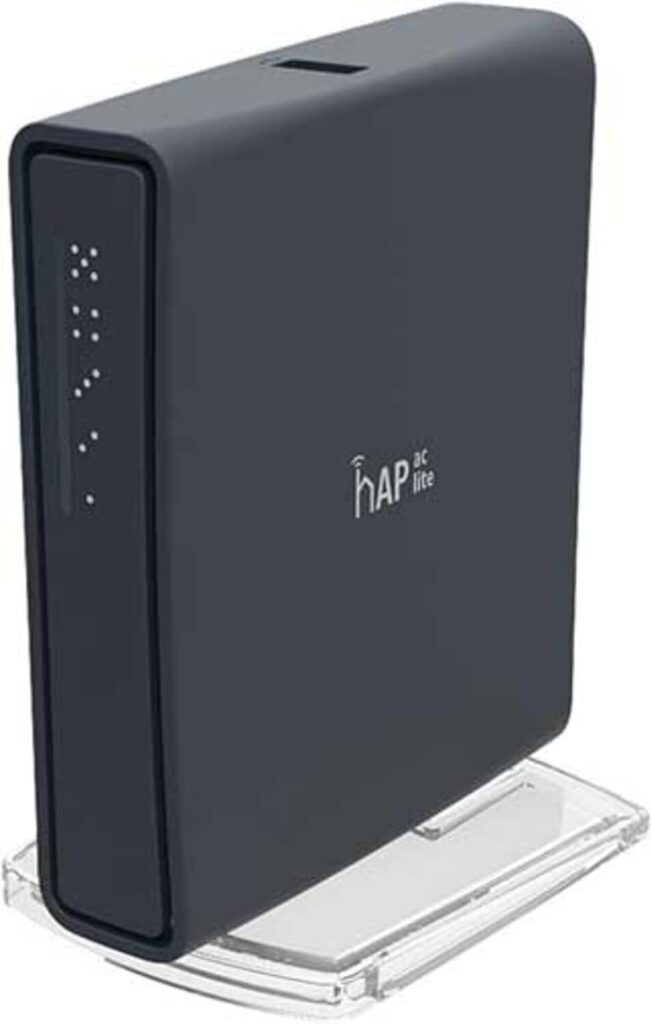 |
Device to Device Nodes
So you’ve ventured into the Wild West of AREDN and are looking to expand your kit? Time to get a Device to Device (DtD) Node.
| Mikrotik SXT sq 5AC The SXTsq 5 ac US Version is a compact and lightweight outdoor 5Ghz 802.11ac wireless device with an integrated antenna, perfect for point-to-point links or as a CPE unit The device includes one 10/100/1000 Mbit Ethernet port to fully utilize speeds that 802.11ac protocol provides The SXTsq 5 ac US Version retains a 16 dBi antenna like the SXT 5 ac, our previous model, yet the antenna design has been improved and the physical size has been dramatically reduced – the SXTsq is two times thinner Dimensions: 129 x 129 x 34 mm, Size of RAM: 256 MB, Storage size: 16 MB, PoE in: Passive PoE, PoE in input Voltage: 10-28 V Wireless 5 GHz number of chains: 2, Wireless 5 GHz standards: 802.11a/n/ac, Antenna gain dBi for 5 GHz: 16, 10/100/1000 Ethernet ports: 1 Link 1 |  |
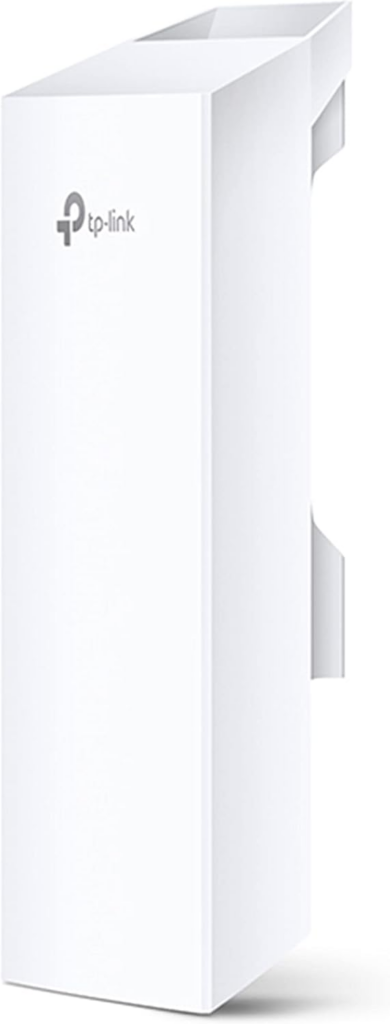 | TP-Link CPE510 Built-in 13dBi 2×2 dual-polarized directional MIMO antenna Adjustable transmission power from 0 to 27dBm/500mW System level optimizations for more than 15km long-range wireless transmission (only for paired Point-to-Point or Point-to-MultiPoint transmission) TP-Link Pharos maxtream tdma (Time-Division-Multiple-Access) technology improves product performance in throughput, capacity and latency performance, ideal for ptmp applications Centralized management system – Pharos control AP/ client/ AP router/ AP client router (WISP) operation modes Passive PoE adapter supports up to 60 meter (200 feet) power over Ethernet deployment and allows the device to be reset remotely Connectivity technology: Wi-Fi Built In Link 1 |
| Ubiquiti Powerbeam 5AC This thing is a monster. Uses for this node vary depending upon your dish size. Picture for attention only. This node varies. The “horn” is the meat of this setup. The dish can vary way too much for us to list them all. Where high-performance, durability, and reliability meet, you’ll find the PowerBeam AC GEN2 5GHz airMAX ac Bridge. This advanced piece of technology is the latest generation of airMAX CPE (Customer Premises Equipment) from Ubiquiti Networks, designed with a dedicated Wi-Fi management system for seamless connectivity. The PowerBeam 5AC Gen 2 stands out with its improved noise immunity, directing RF energy in a tighter beamwidth to block or spatially filter out noise. This feature is particularly beneficial in areas crowded with other RF signals of the same or similar frequency, ensuring a stable and reliable connection. Incorporating Ubiquiti’s innovative InnerFeed technology, the radio is integrated into the feedhorn of the antenna, eliminating the need for a cable and thereby improving performance by reducing cable losses. This high-performance, versatile device is cost-effective to deploy, making it a smart choice for both home and office settings. The PowerBeam 5AC Gen 2 operates on the revolutionary airOS 8 system, designed specifically for Ubiquiti airMAX ac products. This system includes a comprehensive array of diagnostic tools, including RF Diagnostics and the airView Spectrum Analyzer, providing you with the most advanced RF analytics in the industry. The PowerBeam 5AC Gen 2 also features a separate Wi-Fi radio for quick and easy setup using your mobile device. For this one, you’ll need to go shopping between Amazon and eBay. There are also some Ubiquiti For Sale groups on Facebook that may have a couple used units. | 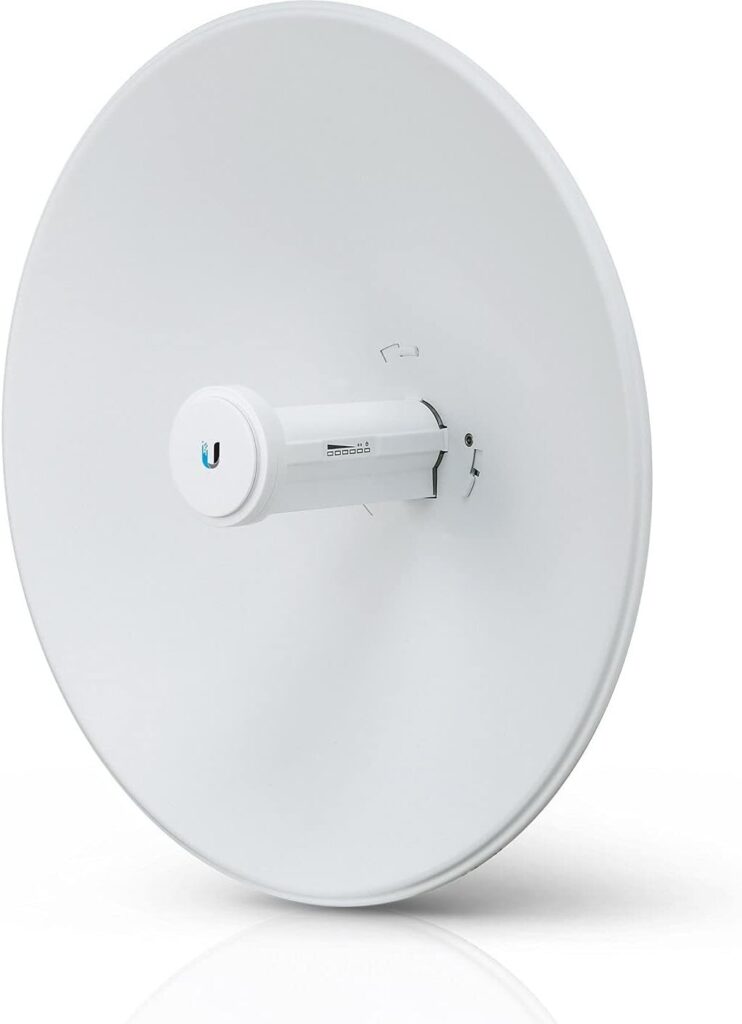 |
